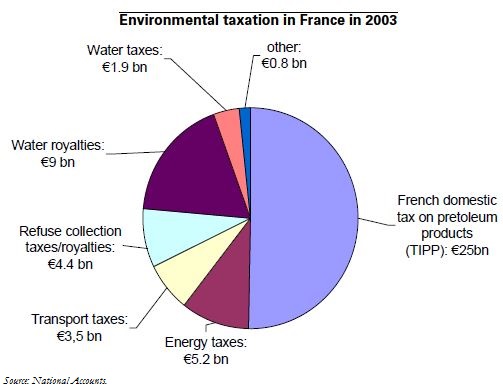Trésor-Economics No. 19 - The use of economic instruments for environmental policies
Protecting the environment is a major policy challenge for the coming decades. Whether the aim is to combat climate change, preserve biodiversity, or reduce water and air pollution, it is vital to start framing effective environmental policies today. These must achieve a high level of protection while minimising the costs of this effort to society.
Governments can draw on a broad array of instruments for that purpose. While regulation is a classic instrument designed to constrain polluters’ behaviour, economic instruments work through incentives aimed at fostering better behaviour.
Environmental taxation and permit markets are the main types of economic instruments and are already used in the European Union and in a number of OECD countries. By setting a price for environmental goods via the rate of the tax or the price of the permit, they act as an incentive to polluters to modify their behaviour. They offer several advantages over the regulatory approach. By eliminating all forms of action whose cost outweighs the price of the permit or the amount of the tax per unit, they first of all achieve an environmental objective at least cost. They also act as a permanent spur to seek cheaper solutions and amplify economic actors’ efforts to innovate: this can prove decisive in the long run.
It is therefore possible to rank instruments by their effectiveness depending on the environmental problem in question. For example, a market in permits can guarantee ex ante a given environmental outcome, whereas an environmental tax serves to set ex ante the cost of this policy to agents. Regulation, meanwhile, may be perfectly legitimate in certain cases, particularly when faced with the risk of catastrophic and/or irreversible damage.
